
Issue 7 | August 23, 2019
East Africa needs to Cut Costs of Doing Business and Nurture Industrial Skills to Spur Jobs
Contributors*: Anne Gitonga-Karuoro, Adan G. Shibia and Dr. Moses Njenga | @ACODE_Uganda
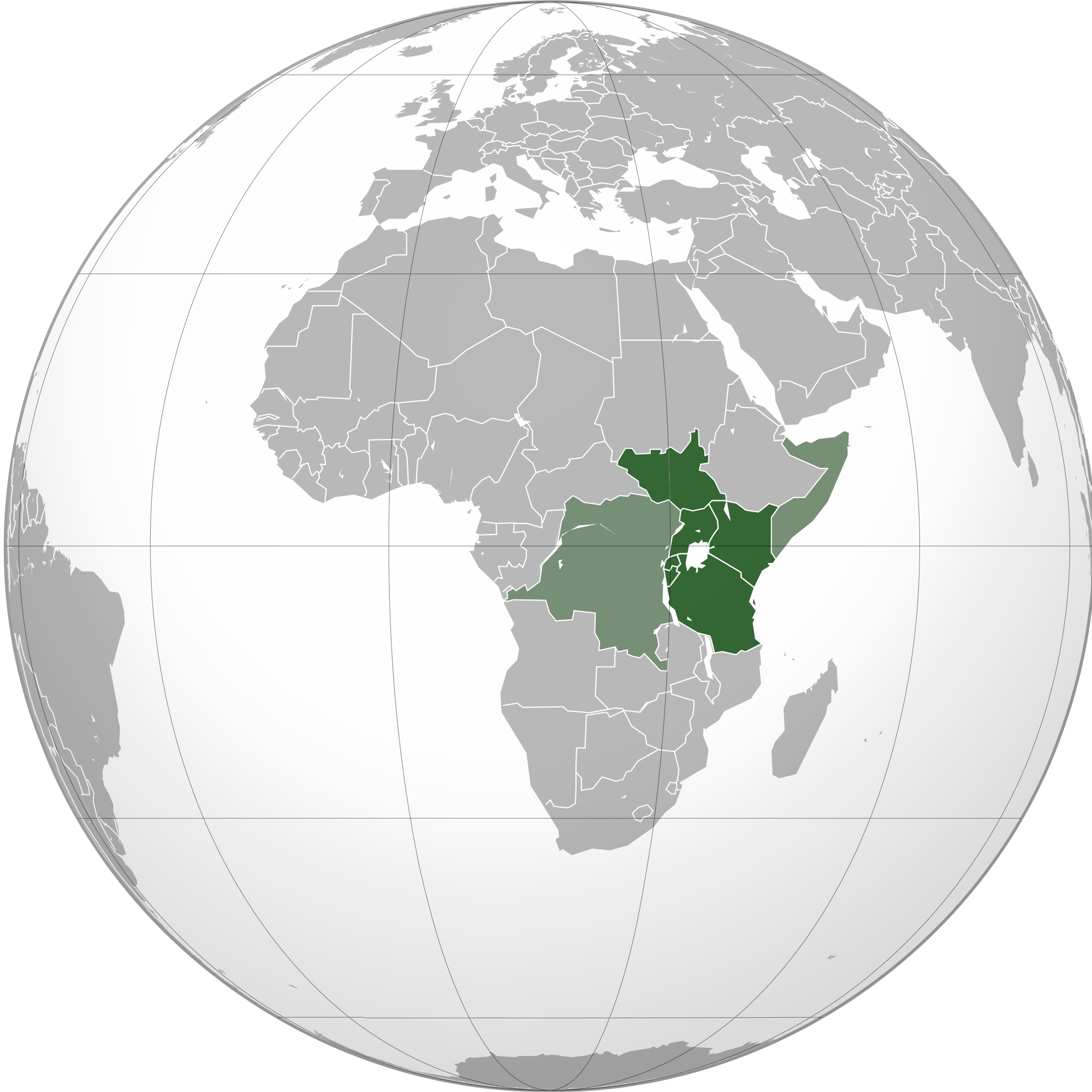 Developing countries, particularly in Africa have prioritised industrialisation as a policy agenda to spur jobs, income growth and diversification of economies. Within the East African Community (EAC), this policy aspiration is espoused in the EAC Vision 2050 and the EAC Industrialisation Policy 2012-2032. Relatively high economic growth but disproportionately high unemployment rates, especially among the youth in EAC has been attributed to weak structural transformation as evidenced by high reliance on agriculture, services and low-quality jobs in the informal sector1,2. While industrialisation broadly encompass manufacturing, construction, utilities, mining and quarrying; policy often focus on manufacturing. The policy emphasis on manufacturing is hinged on its catalytic roles in development owing to high forward and backward linkages with other sectors of the economy, which is essential for job creation, value addition and export growth. Manufacturing has historically served as an engine of economic growth and decent job creation especially in developing countries. Experiences from newly industrialised economies in East Asia (Republic of Korea, Taiwan among others) reflect these critical roles of manufacturing in the development process.
Developing countries, particularly in Africa have prioritised industrialisation as a policy agenda to spur jobs, income growth and diversification of economies. Within the East African Community (EAC), this policy aspiration is espoused in the EAC Vision 2050 and the EAC Industrialisation Policy 2012-2032. Relatively high economic growth but disproportionately high unemployment rates, especially among the youth in EAC has been attributed to weak structural transformation as evidenced by high reliance on agriculture, services and low-quality jobs in the informal sector1,2. While industrialisation broadly encompass manufacturing, construction, utilities, mining and quarrying; policy often focus on manufacturing. The policy emphasis on manufacturing is hinged on its catalytic roles in development owing to high forward and backward linkages with other sectors of the economy, which is essential for job creation, value addition and export growth. Manufacturing has historically served as an engine of economic growth and decent job creation especially in developing countries. Experiences from newly industrialised economies in East Asia (Republic of Korea, Taiwan among others) reflect these critical roles of manufacturing in the development process.
The EAC, like the rest of African economies, generally lags global and developing countries in the contribution of manufacturing to the economy with regards to key indicators such as contribution to Gross Domestic Product (GDP), employment and exports. According to the United Nations Industrial Development Organization (UNIDO), as of 2017 the contribution of manufacturing to GDP in Africa is 10.4%, compared to global average of 16.3%, upper middle-income countries 14.1%, lower middle-income countries 23.1% and low-income countries 13.5%. The EAC Industrialisation Policy 2012-2032 targets to increase share of manufacturing in GDP to 25% by 2032.
Job creation through private sector, especially manufacturing, is a priority policy goal for the EAC economies. Employment Indicators in the World Bank Enterprise Surveys suggest that net aggregate private sector job creation through manufacturing tends to lag behind services in the formal sector among the EAC economies.
Table 1: Percent Changes in Private Sector Net Employment Growth among EAC Economies
Economy/ survey years |
2006/2007 |
2011/2013/2014 |
2018 |
||||||
Manufacturing |
Services |
All |
Manufacturing |
Services |
All |
Manufacturing |
Services |
All |
|
Kenya (2007; 2013; 2018) |
4.9 |
6.9 |
5.8 |
5.4 |
1.0 |
3.7 |
4.2 |
5.1 |
4.6 |
Uganda (2006; 2013) |
5.8 |
7.9 |
6.9 |
5.7 |
1.8 |
3.3 |
… |
… |
… |
Tanzania (2006; 2013) |
7.7 |
10.4 |
9.0 |
5.4 |
7.5 |
6.4 |
… |
… |
… |
Rwanda (2006; 2011) |
9.9 |
14.4 |
11.1 |
5.0 |
16.1 |
11.3 |
… |
… |
… |
Burundi (2006; 2014) |
3.8 |
16.4 |
11.6 |
2.6 |
5.6 |
4.8 |
… |
… |
… |
Source: World Bank Enterprise Surveys Employment Indicators;
(…) Suggests data not available; ‘All’ represent manufacturing and services combined.
High costs of doing business make the EAC’s manufacturing products less competitive in a trade-liberalised era, thus impeding market access of local products3. The capital intensive nature of manufacturing, relative to other sectors, makes it relatively sensitive to costs of doing business. Table 2 provides the top five business environment constraints identified by private sectors firms across the EAC economies. While there are some minor variations in terms of main constraints cited, there are several commonalities including those related to access to finance, electricity, taxation, and practices of informal sector. The constraints related to finance and electricity are manifested in terms of both availability/supply and costs. Taxation as a constraint is manifested in form of tax administration and rates of taxation. Concerns related to the practices of informal sector mainly relate to unequal platforms for competition such as taxation and compliance with health and safety standards required in the formal sector; which informal sector enterprises may avoid or not fully comply with.
Table 2: Top Business Environment Obstacles
| Economy/Year of Survey |
Top Five Obstacles and % of Firms citing the main obstacle |
|
Obstacle |
% of Firms as the main obstacle |
|
Kenya (2018) |
Practices of informal sector |
22.9 |
Access to finance |
18.3 |
|
Political instability |
17.0 |
|
Tax rates |
13.4 |
|
Corruption |
7.7 |
|
Uganda (2013) |
Electricity |
23.4 |
Practices of informal sector |
19.7 |
|
Tax rates |
18.5 |
|
Access to finance |
12.3 |
|
Business licensing |
7.7 |
|
Tanzania (2013) |
Access to finance |
37.9 |
Electricity |
24.9 |
|
Tax rates |
8.3 |
|
Practices of informal sector |
6.1 |
|
Access to land |
5.1 |
|
Rwanda (2011) |
Access to finance |
23.0 |
Tax rates |
21.0 |
|
Practices of informal sector |
16.1 |
|
Tax administration |
9.2 |
|
Transportation |
8.0 |
|
Burundi (2014) |
Tax rates |
30.4 |
Electricity |
21.7 |
|
Political instability |
14.2 |
|
Corruption |
11.6 |
|
Access to finance |
9.4 |
|
Source: World Bank Enterprise Surveys
The challenges associated with the high cost of doing business are compounded by weak entrepreneurial support that further impedes growth of indigenous enterprises that would otherwise contribute to job creation.
The Case of Kenya
The Kenya government’s resolve to drive employment creation through indigenous enterprises dates back to independence as evidenced in the 1965 Sessional Paper No. 10 on African Socialism and its Application in Planning. The commitments were apparent from policy interventions aimed at supporting indigenous enterprises to provide employment opportunities and developing the industrial sector in general. Kenya’s long-term development blueprint, the Kenya Vision 2030, aims to transform the country into a “a newly-industrialised, middle income country providing a high quality of life to all its citizens in a clean and secure environment”. To address the quality of life, the Kenya Vision 2030 recognised the importance of enhancing equity and wealth creation opportunities, thus placing special focus on vulnerable groups including the youth who account for a significant proportion of the unemployed persons. The 2015/2016 Kenya Integrated Household Budget Survey (KIHBS) establishes that 85% of the unemployed persons are youths under 35 years of age. About 76% of the Kenyan population is below 35 years of age, while the youth (those aged between 15-34 years) account for 35% of the population. In 2018, of the estimated 840,500 new jobs created in Kenya, only 9.3% was in formal sector with the majority generated by informal sector. This clearly illustrates a demographic policy challenge with regards to job creation to realise sustained economic growth. Given that a high unemployment rate is present amongst a productive labour force, strategies for absorbing new entrants into the labour market therefore remains a policy imperative.
The Kenyan government through Third Medium Term Plan (MTP) of the Kenya Vision 2030 and the Big Four Agenda aims to increase the contribution of manufacturing to GDP from an estimated 7.7% in 2018 to 15% by 2022 and has prioritised labour-intensive manufacturing subsectors including agro-processing, textile and leather as a strategy for employment growth. The manufacture of food, beverages, textile, apparel and leather, reflecting these policy priories account for about 60% of the manufacturing GDP and manufacturing employment within the formal sector4. These subsectors are however low-technology in nature and may have limited impacts in export earnings and technology transfer.
Focus on labour intensive subsectors is a key priority as established in the Sessional Paper No. 9 of 2012 on the National Industrialization Policy Framework for Kenya 2012-2030 which also recognises that Kenya has a relatively young labour force who face high unemployment, underemployment and inadequate skilled industrial human resource. The challenges faced by industry as established in policy document include limited access to finance, high costs of infrastructural services leading to high cost of doing business; business regulation challenges and inadequate market information. Challenges in accessing markets is also rated high by the Micro, Small and Medium Enterprises (MSMEs) in Kenya. Market access constraints largely relate to challenges related to costs of doing businesses highlighted earlier. These challenges however disproportionately affect youth-owned enterprises (who tend to be new entrants) compared to well-established medium and large enterprises.
According to the 2016 MSME Survey Basic Report published by the Kenya National Bureau of Statistics, shortage of skilled manpower is amongst the factors that contribute to closure of new establishments. The Third MTP of the Kenya Vision 2030 calls for the enhancement of skills particularly amongst MSMEs in Kenya which employ over 90% of Kenya’s total labour force, thus engaging a significant number of youths. It also prioritises the development of skills amongst youth which are aligned to market requirements. This is an important policy intervention given the private sector often face challenges with university graduate recruits who seemingly demonstrate inadequate industrial skills. Kenya’s policy focus as evidenced above is promotion of labour intensive sectors which has the benefit of absorbing youth. This however needs to be addressed comprehensively within the respective value chains as to build on the forward and backward linkages, hence further expand employment and market opportunities.
As noted earlier, market access is amongst the challenges facing industries in Kenya.
To address this constraint the government introduced mechanisms such as Access to Government Procurement Opportunities (AGPO) established under the Public Procurement and Asset Disposal Act. No. 33 Of 20155, and the Preference and Reservations Regulations of 20136 that are aimed to benefit disadvantaged groups including youth-owned micro and small enterprises. These policy interventions are however yet to achieve the desired effects. According to the 2016 MSME Survey Basic Report, less than 1% of businesses had accessed government contacts. Other market access policies are anchored in Kenya’s “Buy Kenya Build Kenya’ initiative and innovation database identified as function for the Kenya National Innovation Agency established by the Science Technology and Innovation Act. The latter presents an important market access opportunity given that according to the 2017-18 Global Competitiveness Report, Kenya is ranked as the second most innovative country in Sub-Saharan Africa behind South Africa and the 37th most innovative country in the World. The innovation opportunities are however not often commercialised and therefore does not reach the market as desired. This presents a policy intervention opportunity which is also articulated in the Kenya’s 2019/2020 Budget Statement that acknowledges the government’s initiative for developing a catalogue of locally manufactured items. These policies have the potential to expand market opportunities and should therefore be coupled with effective FDI policies that promote skills and technology transfer as well as expanding external trading opportunities.
Going forward, Kenya’s quest for industrialisation hinges to some extent on accelerating policy efforts to address costs of doing business, market access and industrial skills development. Boosting exports earnings also call for a gradual shift from low technology subsectors to medium and high technology subsectors. Realisation of the industrialisation agenda calls for continued reforms to cut the costs of doing business which remains a challenge. Some opportunities include addressing the costs of energy through continued investments in alternative energy sources that include geothermal, wind and solar7; access to credit through recent proposed interventions including credit guarantee schemes and restructuring of multiple public funds into a single entity known as Biashara Kenya. These access to finance initiatives are expected to particularly benefit micro and small enterprises that are disproportionately affected by credit constraints. Other opportunities relate to infrastructure upgrading though policy interventions such as Industrial Parks and Special Economic Zones. Licensing has also been noted to be business environment challenge. The Treasury Cabinet Secretary during the 2019/2020 Budget Speech called for the enactment of the County Governments Revenue Raising Process Bill 2018 to regulate the introduction of licenses and levies by county Governments.
*The authors are senior policy analysts at KIPPRA
-----------------------
1 African Development Bank (2019), “East African Economic Outlook 2019” https://www.afdb.org/fileadmin/uploads/afdb/Documents/Publications/2019AEO/REO_2019_-_East_Africa_.pdf
2 African Union/OECD (2018), “Africa’s Development Dynamics: Growth, Jobs and Inequalities” https://www.oecd-ilibrary.org/docserver/9789264302501-en.pdf?expires=1565849728&id=id&accname=guest&checksum=07AACD7ED508A92A1CEA33E306B801C2
3 World Bank (2014). “Kenya Economic Update, December 2014: Anchoring High Growth - Can Manufacturing Contribute More? http://documents.worldbank.org/curated/en/652361468043487766/pdf/946970REVISED0091409B00KEU0110FINAL.pdf
4 Kenya National Bureau of Statistics (2018), “Statistical Abstract 2018”
5 Previously established under the Public Procurement and Disposal Act 2005 (CAP 412C)
6 The 2013 Regulation replaced the Public Procurement and Disposal (Preference and Reservations) Regulations, 2011
7 Economic Survey 2019 published by Kenya National Bureau of Statistics indicates the share of geothermal, wind and solar cumulatively has increased from 26.9% in 2014 to 39.5% as of 2018 in total electricity sources. This is in reference to effective capacity, which refers to maximum electric output a power station can achieve given operating constraints.
|
|
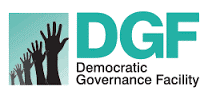
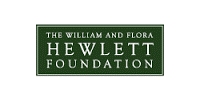
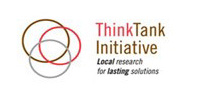
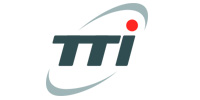

+256 312 812 150 | Leave a comment | Center for Budget and Economic Governance
Subscribe To Our News Letter | Edit Subscription | Unsubscribe